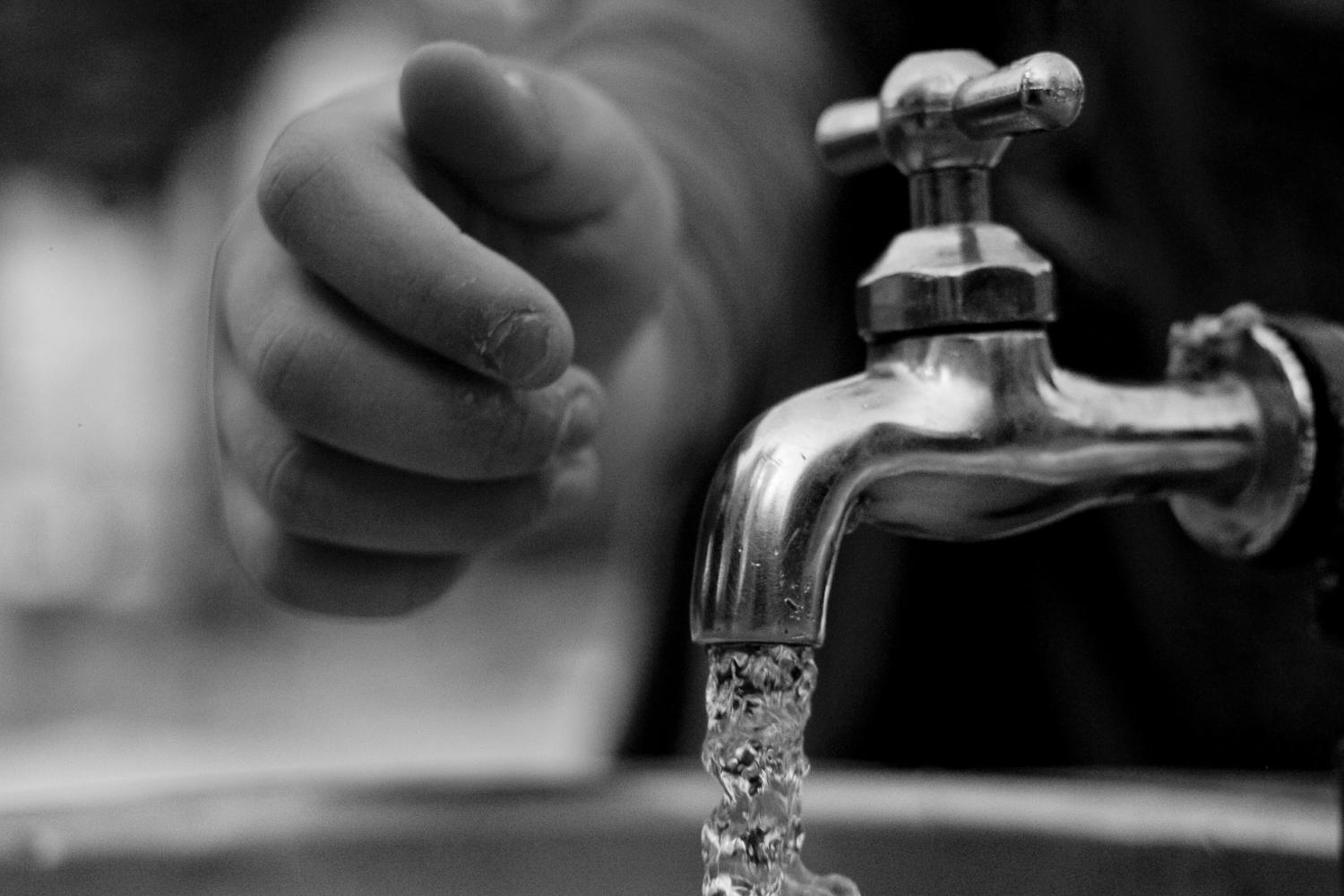
Nanotechnology involves utilizing materials that measure just one billionth of a meter (a nanometer). It has the potential to be used for purifying contaminated water sources. An analytical chemist can explain this further. Philiswa Nomngongo A prominent scientist specializing in nanotechnology for water management in South Africa discusses with The Conversation Africa the various devices being developed using this technology and their functionalities.
What is nanotechnology?
Nanotechnology represents the field of science and engineering focused on developing novel materials or gadgets with distinctive physical and chemical attributes due to their minuscule dimensions. This discipline entails controlling atoms and molecules at an incredibly small scale.
What are the primary issues causing water pollution in South Africa?
Water pollution in South Africa, as in other developing countries, poses a significant health and economic threat South Africa's Department of Water and Sanitation's 2023 Blue Drop Inspection Report discovered that 46% of the nation's water supply was contaminated with bacteria or pathogens responsible for diseases and approximately 68% of wastewater treatment facilities were close to failing.
The kinds of pollution discovered in the waters of South Africa are largely due to:
- wastewater treatment failures
- Water from industrial and farming operations that flows into bodies of water.
- waste that hasn't been disposed of properly and ends up in rivers
- industrial activities that release heavy metals into water
- sources of heavy metals from nature
- limited availability of purified water.
Contaminants of emerging concern are also a major problem in South Africa's water supplies. They include:
- pharmaceuticals (medicines) and personal care products (soap, shampoo and others)
- pesticides from farming
-
cyanotoxins (toxic substances that are produced by blue-green algae)
-
endocrine-disrupting chemicals (they interfere with the normal functioning of natural hormones of the body, causing problems like infertility).
Contaminated water can cause ill health. Ill health then disrupts education and strains the health care system. The result is even more inequality between people who have clean water and those who don't.
How can nanotechnology help?
Monitoring water quality is very important. To find solutions, we first need to know what the problem is. Most of South Africa's water contamination problems stem from inadequate monitoring. So, my research group and researchers in the Department of Chemical Sciences at the University of Johannesburg are using nanotechnology to identify the problems in different sources, like wastewater or river water—even in remote rural areas.
These are some of the ways in which nanotechnology can help find problems in our water supplies and fix them:
-
Sensors : for example, tiny materials can be modified with a biological element (like enzymes or DNA) to rapidly detect and analyze what is contaminating water.
-
Membranes made up of tiny materials that can sample the water and trap and remove pollutants at the same time.
-
Photocatalytic materials These chemicals trigger chemical processes upon exposure to light and help decompose pollutants.
This tech has the potential to assist nations in achieving the goals set by the United Nations'. sustainable development goal six achieving pure and accessible water along with proper sanitation for everyone.
Why hasn't South Africa already adopted nanotechnology for purifying water?
The primary obstacles include the high expenses associated with establishing nanotechnology setups, developing technologies capable of functioning at large scales, and incorporating them into current water treatment infrastructures. Certain nanomaterials come with substantial costs.
We're still uncertain about the durability of nanomaterials when exposed to water. Various factors such as chemical interactions, fluctuations in pH levels, and shifts in water temperature can degrade these materials over time, reducing their effectiveness in eliminating contaminants. Additionally, should the nanomaterials fragment, this might lead to an increased release of microscopic debris into the aquatic environment, thereby contributing further to ecological contamination.
This technology is being employed effectively in India and China's water systems , however. They are leading in research and development in this field, with some commercialization already underway. The United States, Germany, Switzerland and France are also exploring the use of nanotechnology in water.
What needs to happen next?
Ideally, South Africa would have decentralized water treatment systems that use nanotechnology. This would reduce the need for costly piping and infrastructure. It could benefit rural areas.
But first we need to be able to make nanomaterials on a large scale and cost effectively. My research group is currently researching how to make them out of abundant and low-cost raw materials such as agricultural waste and plastic waste.
We have used the ash from coal-fired power plants and sugarcane bagasse (the fiber left over after the juice is extracted) to prepare nanomaterials that have small pores to capture pollutants.
We have utilized acidic mine drainage from the past to create magnetic nanoparticles those that draw in and soak up heavy metal pollutants.
These initiatives are clearing the path for the implementation of nanotechnology in South Africa's water systems.
This piece has been republished from The Conversation Under a Creative Commons license. Review the original article .
Provided by The Conversation
This tale was initially released on digitalwealthpath2025 . Subscribe to our newsletter For the most recent science and technology news updates.
0 Response to "Tiny Tech That Can Detect and Trap Pollution in South Africa’s Water"
Post a Comment